There can be your advertisement
300x150
5 Hidden Threats of Stalin-era Apartments: What to Watch for Before Buying Old Housing
With a thoughtful approach, many of their flaws can be turned into advantages
Against the backdrop of growing interest in historical apartments and authentic housing, 'stalinoks' are experiencing a second life on the real estate market. High ceilings, thick walls and a special atmosphere attract many buyers. But behind the romance of old buildings lie problems that realtors often downplay. We tell about 'hidden pitfalls' that can turn a dream purchase into endless headaches.
Main points from the article:
Engineering utilities in old buildings may require full replacement;
The historical status of the building often restricts renovation possibilities;
Layouts of 'stalinoks' don't always match modern lifestyle;
Hidden issues may surface after purchase;
How to correctly assess the actual condition of an apartment in a 'stalinok'.
Engineering Networks: An Invisible Threat Behind a Beautiful Facade
The first thing that attracts the eye when looking at a 'stalinok' is its impressive facade with moldings and architectural elements. But behind this majestic exterior often lie outdated engineering utilities that can become a source of constant problems.
Water supply and sewage. In most 'stalinoks', the water supply system is organized with a bottom distribution — water flows from bottom to top. This creates a characteristic problem: insufficient pressure on upper floors, especially during peak hours when most residents take showers or use water simultaneously.
'After work, I just want to take a shower, but sometimes I have to wait until midnight when the pressure becomes acceptable,' — my friend who lives in a 'stalinok' on the fifth floor shares. Many owners solve this problem by installing pumps or water heaters, which creates additional strain on the electrical network.
Another story — the condition of risers and sewer pipes. In buildings where capital repairs of engineering systems have not been carried out, the pipes may be both outdated and dangerously worn. Leaks in such buildings are a common occurrence and often lead to serious conflicts with neighbors.
Electrical Wiring: A Silent Danger
The electrical networks in 'stalinoks' were designed in an era when there were only a few light bulbs, a radio receiver and possibly a refrigerator in the apartment. Modern life with its multi-cookers, microwave ovens, dishwashers, air conditioners and numerous gadgets creates a load that old wiring simply cannot withstand.
Presence of grounding (often absent in old buildings);
Type of wiring (aluminum wiring must be completely replaced);
Distribution panel (modern or outdated);
Number and placement of outlets (there are usually not enough in 'stalinoks').
It is important to understand that partial rewiring will not solve the problem — a comprehensive modernization of the entire apartment's electrical system is required, which can be expensive and labor-intensive.

Historical Restrictions: Beauty with Caveats
Many 'stalinoks' have the status of cultural heritage objects or are located in historical districts. This imposes serious restrictions on renovation and reconfiguration possibilities.
Window replacement (often requires preserving the original design and materials);
Balcony glazing (may be completely prohibited);
Changes to the exterior facade appearance (installing air conditioners or satellite dishes);
Reconfiguration (especially if non-load-bearing structures are involved).
Before purchasing, always find out the building's status and restrictions that may affect your plans for renovation and modernization of housing.

Economic Aspect: Expensive Maintenance and Renovation
Spacious rooms and high ceilings — unquestionable advantages of 'stalinoks', but they also become a source of additional costs during renovation and maintenance.
Heating. High ceilings (up to 3.5 meters) mean a larger volume of space that needs heating. Old-style radiators often fail to handle this task, requiring the installation of additional heat sources.
Renovation. The cost of finishing materials grows proportionally to the area of walls and ceilings. Painting ceilings may take 1.5 times more paint than initially expected.
In addition, the walls in old buildings are rarely perfectly flat, requiring additional work for leveling. Non-standard door and window openings often mean that custom-sized elements must be ordered, which significantly increases the renovation budget.
Utilities bills. A large apartment area means higher utility bills, especially in winter. 'Our heating bill in winter is almost twice as high as my friends' in a new building with similar number of rooms,' — notes my friend who lives in a 'stalinok' on Frunzenskaya Embankment.
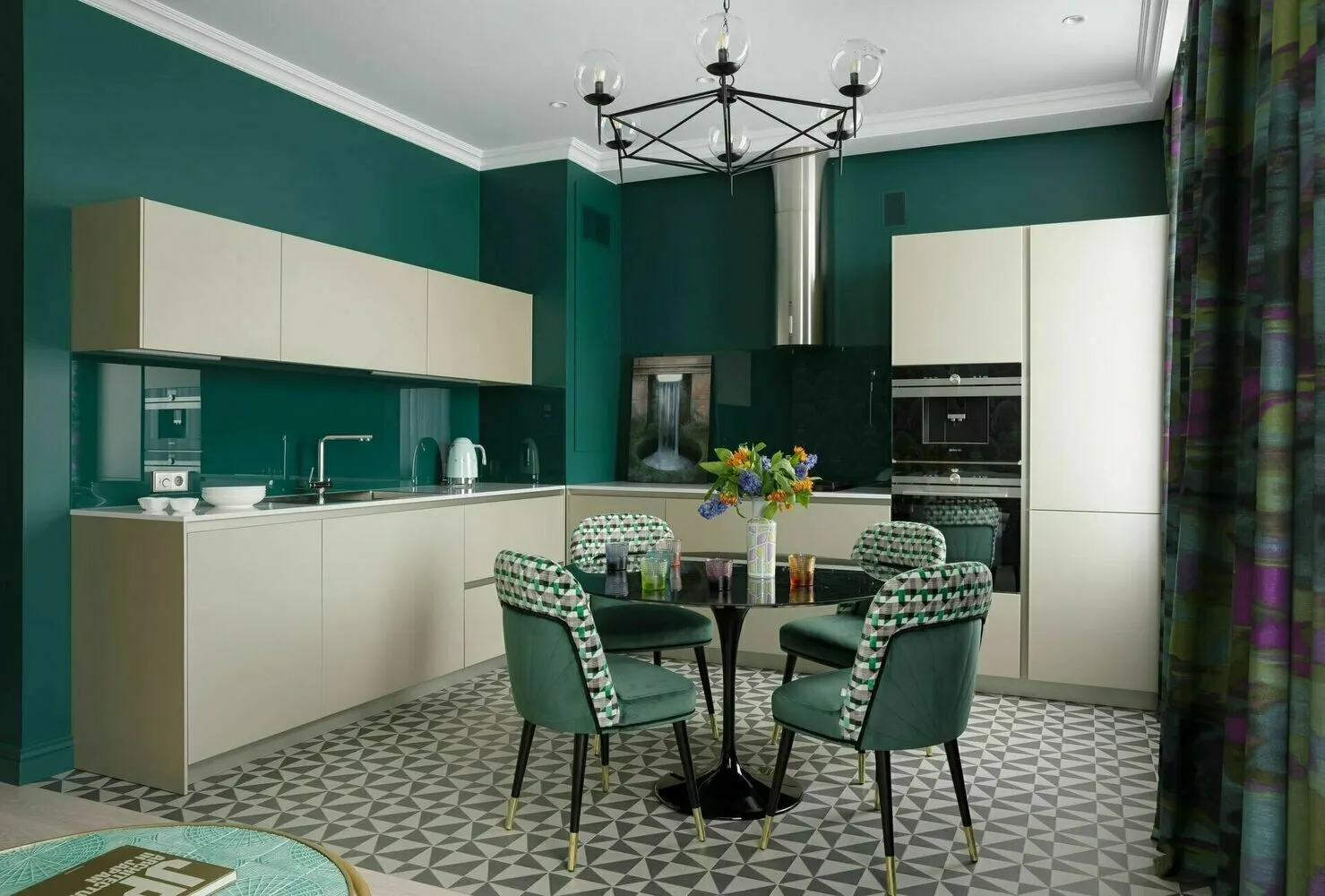
Layout Solutions: Past Century vs Modernity
The layouts in 'stalinoks' reflect the concept of comfortable housing from mid-century, which significantly differs from modern requirements.
Balconies and loggias. Unlike modern apartments, balconies in 'stalinoks' often have modest dimensions and are not intended for use as additional living space. Sometimes a balcony is so small it barely fits one chair.
Kitchens. Kitchens in 'stalinoks' often measure only 6-8 sq. m, making it difficult to place modern appliances and organize a comfortable dining area. Expanding the kitchen by using adjacent rooms often requires approval for reconfiguration, which can be problematic.
Bathrooms. In most 'stalinoks', bathrooms are combined and small in size. Installing a separate bathtub, shower cabin, washing machine or other plumbing fixtures can be quite a puzzle.
Halls and passageway rooms. Long halls and passageway rooms are typical of that era's layouts, which may be inconvenient for modern lifestyles.
Hidden Problems: What Lies Behind a Beautiful Facade
When choosing an apartment in a 'stalinok', it is important to pay attention not only to obvious characteristics but also to hidden problems that may surface after purchase.
Foundation and load-bearing structures condition. 'Stalinoks' are 70-80 years old, and some may have issues with the foundation or load-bearing walls. Signs of problems — cracks on walls, uneven floors, doors that don't close properly.
Sound insulation. Despite thick walls, floor slabs between floors in 'stalinoks' are often wooden, creating problems with sound insulation. Often every step of neighbors above can be heard, especially if they have children.
Ventilation. Ventilation systems in old buildings are often clogged or do not function properly, leading to moisture problems and mold growth.
Railways and transport. Many 'stalinoks' were built along railway tracks or major roads. If windows face busy routes or railways, be prepared for constant noise.

How to Minimize Risks When Buying a 'Stalinok'
Conduct a thorough technical inspection. Invite an expert who will assess the condition of load-bearing structures, engineering systems and overall building state.
Research the history of capital repairs in the building. Find out when the risers were last replaced, whether the roof was renovated or if foundation reinforcement was done.
Talk to neighbors. They can tell you about real problems in the building that aren't visible during a quick inspection.
Check the building status. Find out if it's a cultural heritage object and what restrictions this imposes on renovation and reconfiguration.
Calculate a renovation budget with a margin. Renovations in 'stalinoks' are almost always more expensive than initially planned due to hidden issues discovered during work.
Check the condition of electrical wiring and possibility for modernization. This is especially important if you plan to use modern appliances.
'Stalinoks' are apartments with character and history. Many of their flaws can be turned into advantages with a thoughtful approach to renovation and modernization. But it's important to understand that buying historical housing is not just about acquiring square meters but also accepting responsibility for preserving architectural heritage and being ready to face possible complications that may arise during use.
Would you consider buying an apartment in a 'stalinok'? Or would you prefer modern housing with predictable characteristics? Share your opinion in the comments!
Cover: Design project by Marina Kutepova
More articles:
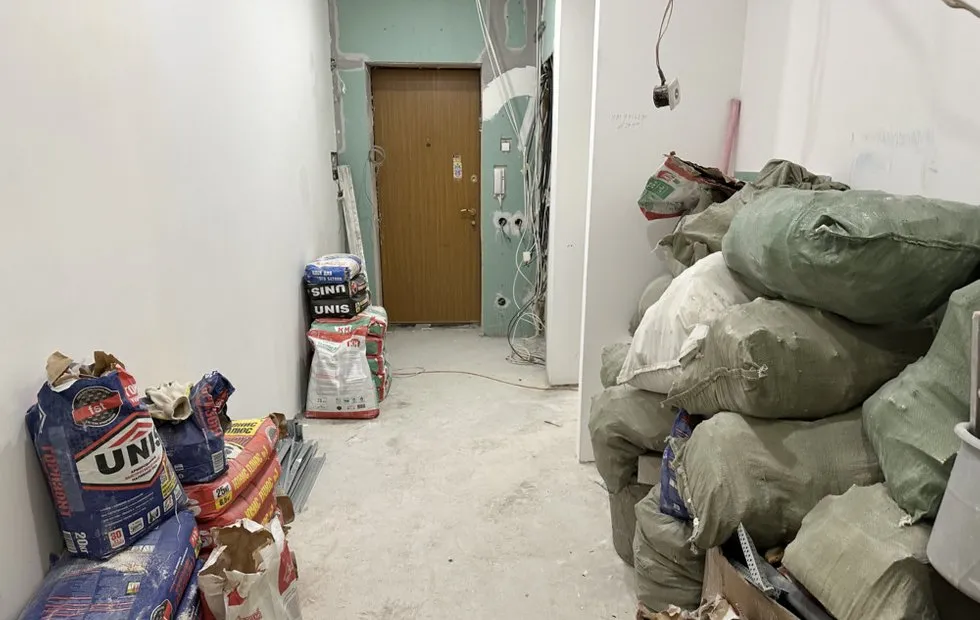 Electrical Work in Renovation: Why It's More Important Than Pretty Wallpaper and What You Need to Know Before Starting
Electrical Work in Renovation: Why It's More Important Than Pretty Wallpaper and What You Need to Know Before Starting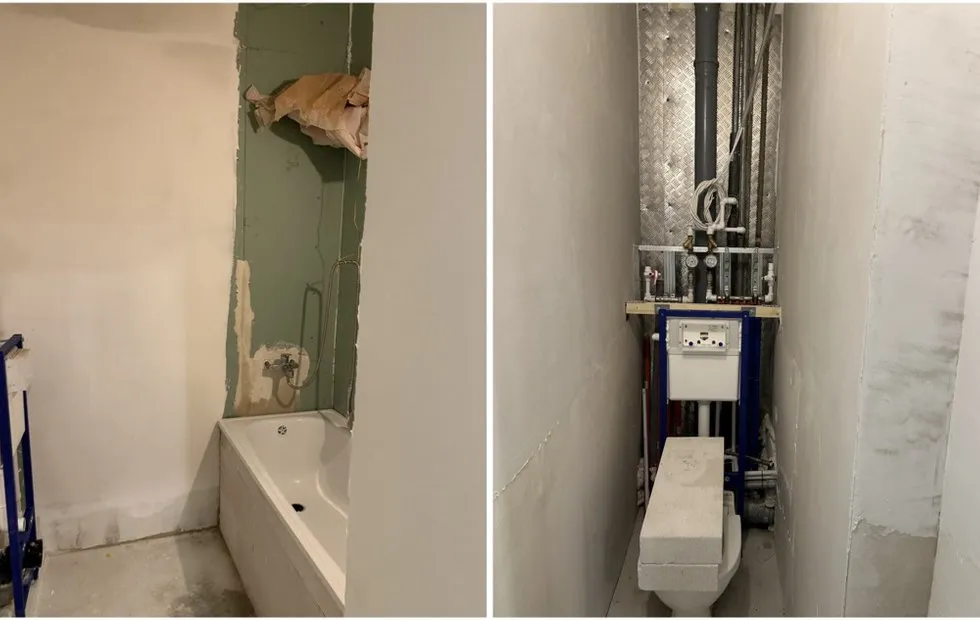 Stalin Apartment with Two Bathrooms: How to Fit the Impossible into a Standard Layout
Stalin Apartment with Two Bathrooms: How to Fit the Impossible into a Standard Layout Designer, Foreman or DIY: Who to Trust for Renovation and How Not to Make a Mistake
Designer, Foreman or DIY: Who to Trust for Renovation and How Not to Make a Mistake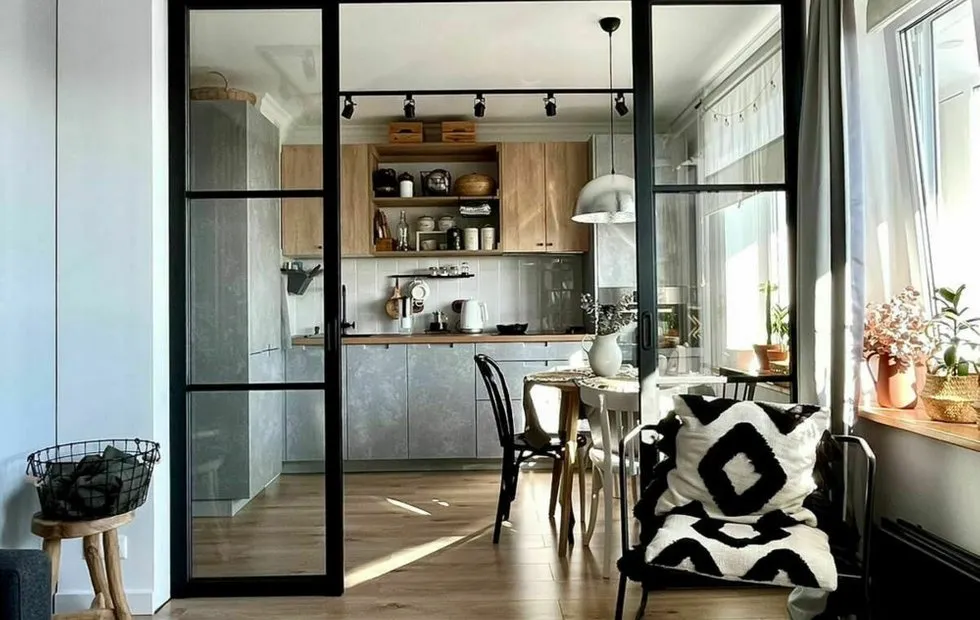 Micro-Remodeling: 15 Ways to Refresh Your Interior Over the Weekend Without Major Expenses
Micro-Remodeling: 15 Ways to Refresh Your Interior Over the Weekend Without Major Expenses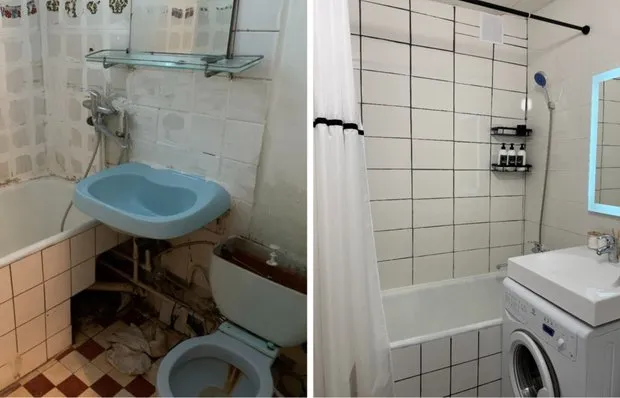 Before and After: Budget Bathroom Renovation 3 sqm by Yourself
Before and After: Budget Bathroom Renovation 3 sqm by Yourself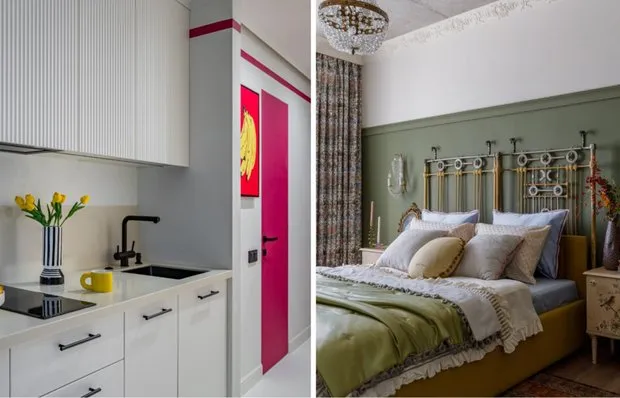 5 Bright and Bold Compact Apartments Under 40 m²
5 Bright and Bold Compact Apartments Under 40 m² Stylish and Cozy Home Items: 10 Trendy Finds
Stylish and Cozy Home Items: 10 Trendy Finds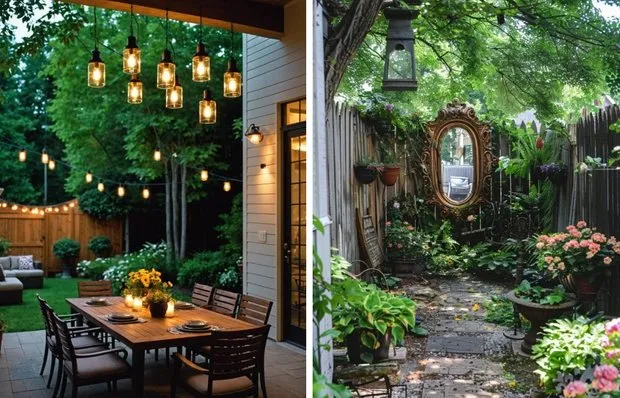 7 Budget Ideas for the Dacha That Will Make Neighbors Envious
7 Budget Ideas for the Dacha That Will Make Neighbors Envious